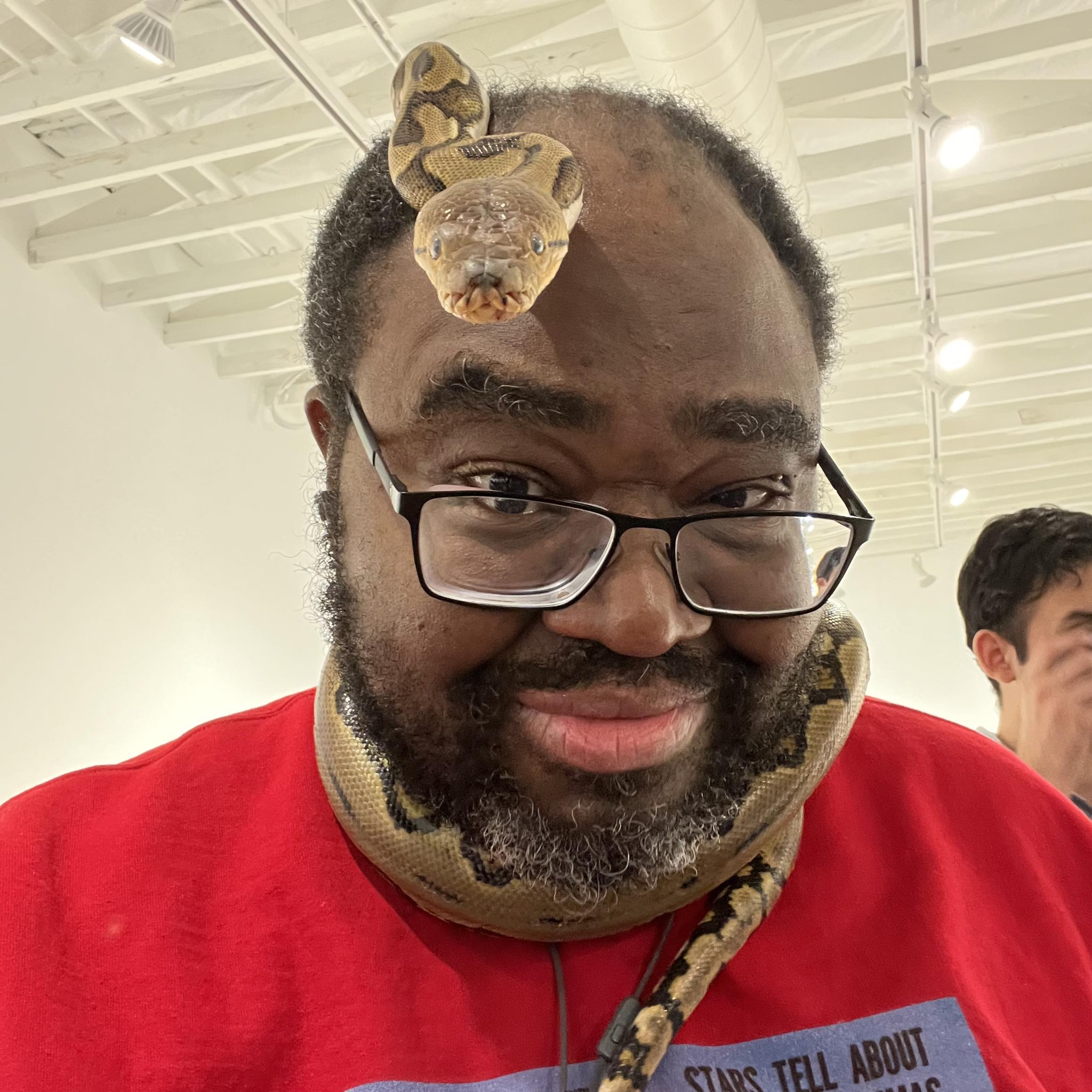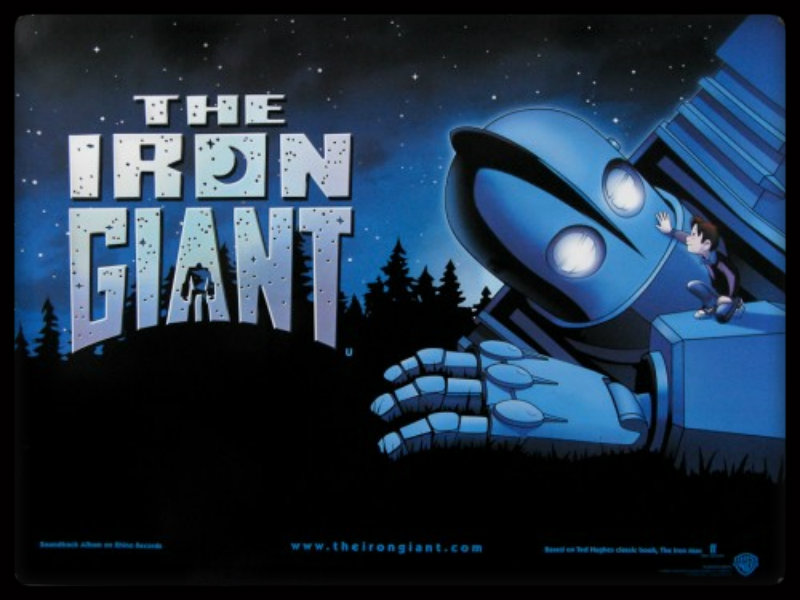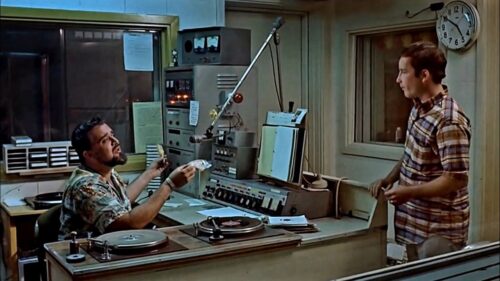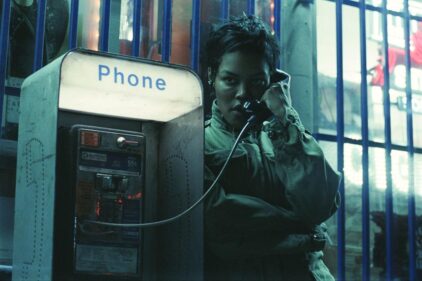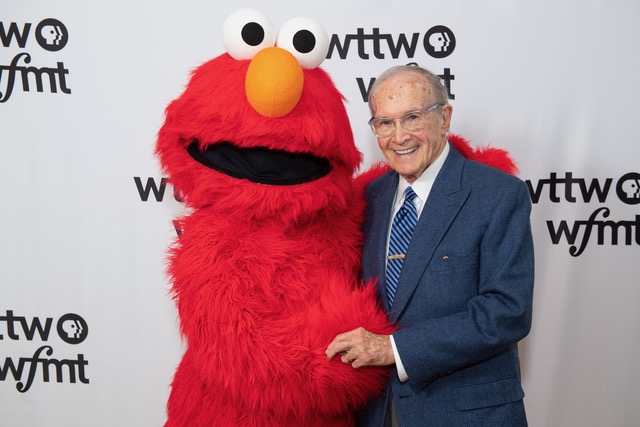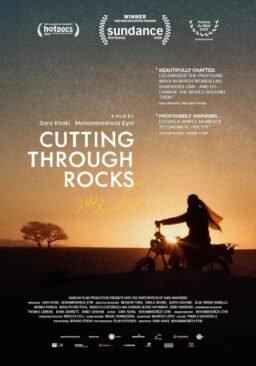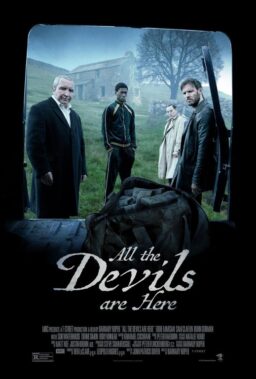The summer-movie season of 1999 was, if I remember correctly, a crazy one.
Everyone was psyched (and immediately disappointed) when the first “Star Wars” prequel, “Episode I: The Phantom Menace” came out of the gate. The same goes for the heavily anticipated “Austin Powers: The Spy Who Shagged Me,” “Wild Wild West” and all the other tentpole blockbusters that came out around that time. (The surprise monster hit “The Matrix,” which came out earlier that year, cast such a feather-rustling, ass-blasting pall over the mostly mediocre summer, many of these films paled in comparison.) And even though “Eyes Wide Shut” had the late, great Stanley Kubrick behind the camera and A-list then-couple Tom Cruise and Nicole Kidman in front of it, people were more baffled than titillated by Kubrick’s final film. Meanwhile, the teen raunchfest “American Pie” (one of the hundreds of teen flicks that came out that year), the found-footage Sundance fave “The Blair Witch Project” and a little Bruce Willis thriller called “The Sixth Sense” came out of nowhere and became sleeper hits.
As with any movie season, several good films fell through the cracks that summer. I remember catching a film one Monday night; some cartoon movie I didn’t know that much about. I had a screening pass for it, and after mulling back-and-forth about going all the way across town to the theater where it was screening, I eventually took the trip. I had some idea what it was about: some sci-fi fantasy about a kid who befriends a gigantic robot. By the time the film was over, the audience, fully stocked with kids and adults, erupted in applause. Even though I was in my early twenties at the time, I enjoyed the hell out of it as well. As I walked back to my car, I wondered, “That didn’t seem bad. Why haven’t I heard much about it?”
Anyone who has followed the long, strange history of “The Iron Giant” knows exactly why this movie got flung out into the wild, unable to fend for itself. Warner Bros. optioned Pete Townsend’s 1989 musical “The Iron Man,” based on British poet Ted Hughes’s 1968 short story of the same name. As the project developed into an animated feature in the mid-‘90s, the studio handed the reins over to former Disney animator Brad Bird, who moved from Turner Animation to Warner’s animated wing after Turner Entertainment merged with Time Warner. As far as animation goes, Bird (who previously co-wrote the script for the Steven Spielberg-produced “*batteries not included”) had two notable, acclaimed things under the belt: directing the “Krusty Gets Busted” episode of “The Simpsons,” still one of the best “Simpsons” episodes, and helming “Family Dog,” an animated episode of Spielberg’s short-lived anthology show “Amazing Stories” about a hapless housepet. “Dog” was later spun off into a cancelled, critically reviled show Bird had no involvement with. (Spielberg and Tim Burton, serving as executive producers, were mostly responsible for that wreck.)

Bird immersed himself in the “Iron Man” mythology, bypassing Townsend’s adaptation altogether and going straight to the source. (Townsend, who received an executive-producer credit, reportedly wasn’t bitter about the diss: “Well, whatever, I got paid.”) With help from screenwriter Tim McCanlies (who would go on to write and direct “Secondhand Lions“), Bird made some major tweaks to Hughes’s children story. Instead of 1960s England, the movie is set in 1950’s America–specifically, the aptly-titled Rockwell, Maine.
The nuts and bolts (sorry, couldn’t resist) of the story is still there: a large metal man befriends a young boy in a small community. However, instead of the man going toe-to-toe with an alien monster and saving the world, as it goes in Hughes’ book, in Bird’s version, the metal man is the alien monster, coming down to Earth and chomping down on whatever metal he can find.
Thanks to a lump on his noggin and a jolting wrong turn at a power station, the 50-foot Giant (voiced by Vin Diesel, using the monosyllabic, guttural-but-lovable tone he would later win over audiences with as Groot in “Guardians of the Galaxy“) has no memory of who he is, where he’s from and why he’s there. This makes him more lost and lonely than dangerous and threatening. He finds a kindred spirit in Hogarth Hughes (Eli Marienthal), a spunky kid who saves him from getting completely fried at the power station.

From then on, “Giant” becomes a story of a boy and his robot. Hogarth takes his new plaything under his wing, teaching him how to speak, hipping him to comic books and goofing around in the open air. All the while, Hogarth tries to keep him hidden from less understanding folk, including Hogarth’s widowed, diner-waitress mom (Jennifer Aniston) and a paranoid government agent (Christopher McDonald) sent to investigate the town’s recent rash of strange occurrences. Hogarth and the Giant find an ally in Dean (Harry Connick, Jr.), a soul patch-wearing junkman/scrap artist who hides the Giant in his scrapyard.
By setting “Giant” in the ‘50s, when the threat of nuclear annihilation was just as large and looming as the Giant, Bird instilled the movie with early 20th-century references and influences. (The movie is shot in the widescreen CinemaScope format, for God’s sake!) While the movie has been often compared to “E.T.,” it has more in common with such classic creature-features as “Frankenstein,” “King Kong” and “Godzilla,” as well as ’50s alien-invasion, Red Scare-allegories like “The Day the Earth Stood Still” and “It Came from Outer Space.” Bird also looked to the urban illustrations of Edward Hopper, N.C. Wyeth and, of course, Norman Rockwell for inspiration of the movie’s scenic visuals.
Bird’s cleverness as a filmmaker could’ve impressed audiences, if Warner knew how to market the damn thing. Before its August 6th release, the movie had minimal publicity– “a mis-marketing campaign of epic proportions,” according to a 2004 IGN.com piece. In 2003, McCanlies told the Austin Chronicle that Burger King was interested in doing a tie-in, but Warner just threw it out there. “After they saw the reviews,” he said, “they were a little shamefaced.” (Warner did rebuild a marketing strategy when “Giant” dropped on home video, striking tie-in deals with Honey Nut Cheerios and General Motors.)

Despite glowing reviews (Roger Ebert gave it three-and-a-half stars) upon its release, “Giant” was considered a bomb. It made $5 million in its opening weekend, ultimately grossing $31 million worldwide, nowhere recouping its reported $50-$70 million budget. (Kids were probably still checking out “Tarzan,” Disney’s resident animated movie that summer, which raked in $448 million.) Admittedly, if there was ever an animated film that came out during the wrong time, it’s “Giant.” It’s almost understandable how Warner didn’t know how to sell a cartoon, complete with old-school, 2-D animation (however, the Giant was animated using computer-generated imagery) and a throwback narrative, to a generation of kids who only knew the Internet and CGI-filled movies. (If this came out in the ‘80s, when the Cold War was still a thing, I could see it being an endless favorite for kids to watch on cable and videocassette.) Not to mention that studios were beginning to lose faith in hand-drawn animation. As Pixar was opening up the possibilities for computer-generated cartoon features (“Toy Story 2” was the third highest-grossing film that year, taking in $485 million), it was also beginning to dig the grave for hand-drawn animation. Warner, still smarting from the failure of “Quest for Camelot” the year before, was ready to give it a Viking funeral.
Even though “Giant” got lost in the summer shuffle that year, later becoming a small, problematic footnote in Bird’s career before heading over to Pixar (alongside Pixar co-founder and fellow California Institute of the Arts alumni John Lasseter) and making “The Incredibles” and “Ratatouille” for the studio, I still consider “Giant” to be his best animated film. Bird managed to merge the earnest ethos he most likely picked up from mentor Milt Kahl, one of the original Disney animators known as the Nine Old Men, while displaying a classy, distinctive spirit fellow Disney ex-employee Don Bluth would display in his animated films after he and other animators notoriously left Disney in 1979 to form their own company.

As sincere and sentimental as “Giant” can be, bereft of the pop-culture riffing and snarky humor that plagues nearly every animated flick today, Bird told this story in a smart, sophisticated manner. Working with an 87-minute length, he doesn’t waste time with a lot of exposition and backstory. For example, the movie never stops to explain what happened to Hogarth’s dad, nor exactly who he was. However, subtle touches–Hogarth wearing an Air Force pilot helmet, a photo of the old man in full Air Force gear next to his bed–quietly tell that part of the story while you’re watching the main story unfold.
I’m sure Bird had his hands full making sure “Giant” showcased the same theme that would be most common in all of his work, from “Family Dog” to his Pixar films to even “Mission: Impossible-Ghost Protocol”: misunderstood outcasts choosing their own destiny. Although the Giant discovers that he can be a destructive killing machine–especially once the Army comes in and jogs his memory by firing munitions at him–Hogarth reminds him that he can also be Superman. “You are what you choose to be,” Hogarth tells him during the climactic melee, inspiring the Giant to make a heroic call that truly proves he’s a Man of Steel. With the Giant declaring that he’s not a weapon of mass destruction (“I am not a gun,” he utters to Hogarth), “Giant” also proved to be a movie with an anti-gun message that was as relevant then (remember, the movie was released mere months after Columbine) as it is today.
You would think that since Bird is a major filmmaker now (his next film, the George Clooney sci-fi adventure “Tomorrowland,” is slated for next summer), Warner would capitalize on his success by releasing a special-edition Blu-Ray. (The studio released a special-edition DVD in 2004.) But it seems that Warner doesn’t want to remind people about that time they had a great movie–and a great filmmaker–in their midst, only to neglect the whole thing. Earlier this year, Bird divulged on Twitter that he and the studio were in talks about finally dropping a Blu-Ray. “But they want a bare bones disc,” he wrote. “I want better.”
I also want better for this movie. After my initial viewing that Monday night in 1999, I found myself thinking back to it more than any movie I saw that summer, mostly because I couldn’t believe how a film so wonderful could be so mishandled and, eventually, forgotten. And now, even 15 years after its release, “The Iron Giant” remains a film that I still have to hip people to. When I tell friends it’s a good movie to see with their kids, they either say they’ve never seen or heard of it. I remember going to a video store once and getting a dumbfounded, negatory shrug from a clerk when I asked if they had it in stock.
Just like the title character, “The Iron Giant” is a movie that’s lost and alone in the wilderness that is the history of film, looking to show people it’s not something to be scared and threatened by if they give it a chance. Also, it just may save your children.
